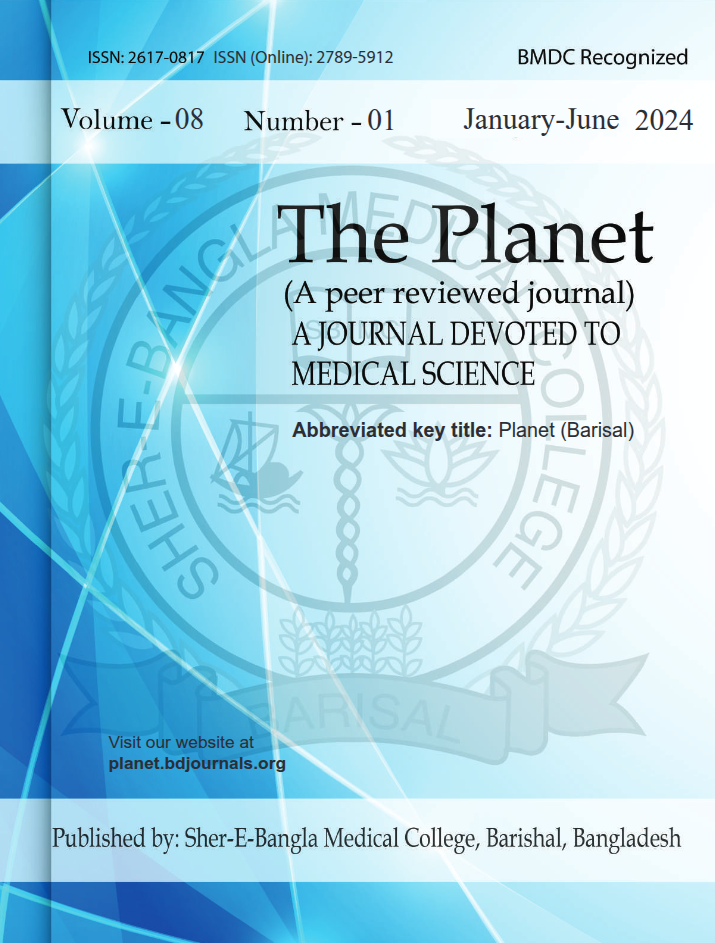Abstract
Background: Post-dural puncture headache (PDPH) remains a significant complication following spinal anesthesia, with incidences of 0.2% to 24% being reported in surgical patients. The aim of this study was to evaluate the effectiveness of prophylactic interventions and compare the results of treatment for PDPH in a surgical population. Methods & Materials: In this prospective observational study, 100 surgical patients who received spinal anesthesia were included. Information on demographic variables, procedural factors, preventive measures, and treatment options was gathered. Cox's proportional hazards regression was applied to assess the effect of preventive measures on the development of PDPH, after adjusting for potential confounders. Results: Young age (<35 years, 70%), female sex (70%), and pregnancy (45%) were common demographic characteristics in PDPH cases. In multivariate analysis, atraumatic needle uses were significantly found to reduce the risk of PDPH (HR=0.42, p=0.001), as did insertion by experienced anesthesiologists (HR=0.55, p=0.017). Multiple puncture attempts increased risk (HR=1.75, p=0.014). In PDPH of chronic nature, and had the highest patient satisfaction (92%) when compared with conservative (25% relief within 24 hours) and pharmacological treatment (48% relief within 24 hours). Sphenopalatine ganglion block was moderately effective (66.7% success) with rapid onset of action. Conclusion: Atraumatic needle design and operator experience are the most significant modifiable PDPH prevention factors. In the context of established PDPH, epidural blood patch has better outcomes, though stepped-care remains appropriate for mild cases. Mechanisms to improve uptake of evidence-based preventive measures must be introduced into clinical practice.

This work is licensed under a Creative Commons Attribution 4.0 International License.
Copyright (c) 2025 The Planet


 PDF
PDF